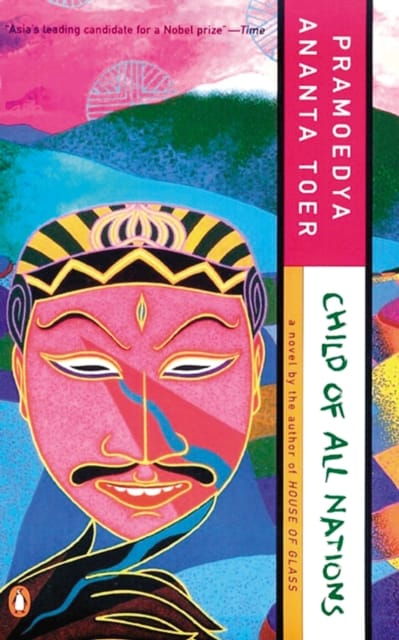Description
Pramoedya Ananta Toer has been compared to John Steinbeck (The Washington Post), Nadine Gordimer (The Nation), and Charles Dickens (Publishers Weekly). He shares with Naguib Mahfouz the ability to “achieve what few writers today are able to accomplish: drawing the reader, body and soul, into another world” (Seattle Times). But the Chicago Tribune’s comparison to Aleksandr Solzhenitsyn is particularly apt.
Not only is Pramoedya a writer of staggering depth and power, he is also one of his country’s most suppressed dissidents. All his work is banned in his native Indonesia; students have been sentenced to eight years in prison on charges stemming from an arrest for selling his books. In Child of All Nations, the reader is immediately swept up by a story that is profoundly feminist, devastatingly anticolonialist – and full of heartbreak, suspense, love, and fury.
Pramoedya immerses the reader in a world that is astonishing in its vividness: the cultural whirlpool that was the Dutch East Indies of the 1890s. A story of awakening, it follows Minke, the main character of This Earth of Mankind, as he struggles to overcome the injustice all around him. Pramoedya’s full literary genius is evident in the brilliant characters that populate this world: Minke’s fragile Mixed-Race wife; a young Chinese revolutionary; an embattled Javanese peasant and his impoverished family; the French painter Jean Marais, to name just a few.
Child of all Nations is the second in the series of four novels often called the Buru tetralogy. Many of the characters from This Earth of Mankind (the first volume) return to stunning effect in Child of All Nations. But this is a novel that can also be read entirely on its own.The Buru tetralogy was composed orally on Buru Island during the first half of the author’s fourteen-year imprisonment without trial.





